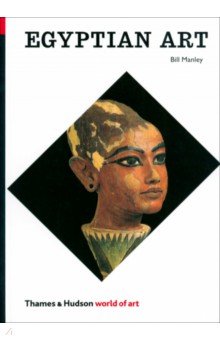О книге
The art and architecture of Egypt during the age of the pharaohs capture the imagination of the modern world. Vivid, graceful forms decorating monuments that emanated ambition and authority spark our wonder about this distant culture. Ever youthful and elegant men and women encounter odd, animal-headed gods and monsters amid scenes of work and leisure, in a paradise of plain, bright colours, where hieroglyphic texts hint at grand ideas. The tombs and temples of ancient Egypt reveal how art and monumental building first flowered at the heart of civilization. Among the great creative achievements of ancient Egypt we discover a set of constant forms: archetypes in art and architecture that state clearly and concisely the contemporary view of authority, divinity, beauty and meaning. Whether adapted to fine, delicate jewelery or colossal statues, these forms maintain a human face – with human ideas and emotions as their explicit inspiration. These artistic templates, and the ideas they articulated, were refined and reinvented through dozens of centuries, until scenes first created for the earliest kings, around 3000 bc, were used to represent Roman emperors and the last officials of pre-Christian Egypt. Bill Manley’s account of the art of draws on the finest works of a uniquely successful and enduringly compelling civilization through more than 3,000 years, including celebrated masterpieces, from the Narmer palette to Tutankhamun’s gold mask, as well as their contexts of origin in the tombs, temples and palaces of the pharaohs and their citizens.
Отзывы
0Чтобы оставить отзыв или проголосовать, необходимо авторизоваться








